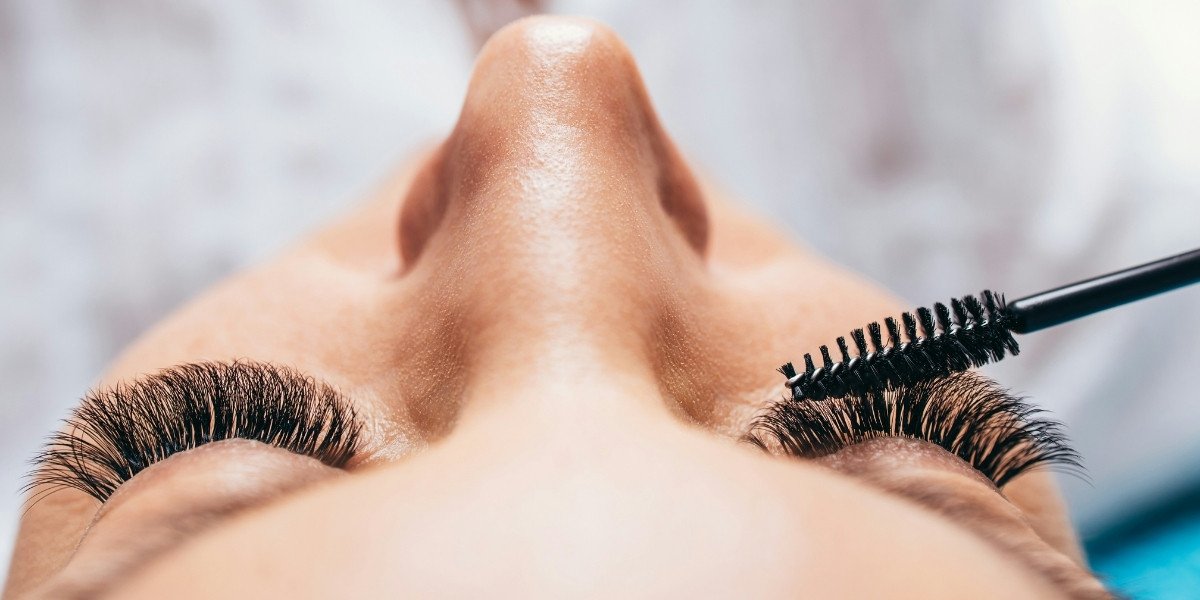Understanding Menopause: A Guide to Women’s Health by Dr. Ken Taylor
By: Lennard James
AI-generated content may not always be fully accurate. Menopause, while a natural phase of life for women, can often be a deeply misunderstood subject in healthcare and public conversation. According to Atlanta-based OB/GYN Dr. Ken Taylor, the physical and emotional changes experienced during menopause are frequently dismissed or downplayed, leaving many women unprepared and unsupported. Dr. Taylor suggests a more informed, proactive, and compassionate approach to menopause care, one that begins long before the onset of symptoms and continues with well-considered action throughout the transition.
Dr. Taylor explains that menopause is much more than the end of menstruation. It signifies a significant shift in hormonal balance, metabolism, and mood regulation, typically beginning in a woman’s mid-40s to early 50s. Officially, menopause is diagnosed when a woman has gone twelve consecutive months without a menstrual period. This phase is triggered by a decline in estrogen and progesterone, hormones that play a key role in not only reproductive function but also brain, bone, and cardiovascular health.
The symptoms that accompany menopause may be extensive. Many women experience hot flashes, night sweats, mood swings, fatigue, sleep disturbances, and a noticeable change in libido. These symptoms, while common, vary in severity and duration, potentially causing distress or disrupting daily life. Dr. Taylor emphasizes that the key to managing these changes often lies in education and preparation, starting years before menopause arrives.
One of Dr. Taylor’s passions is educating young girls and women about their reproductive health early in life. He suggests that understanding the body, hormones, and the progression of reproductive stages may help women make informed decisions and seek timely care. Unfortunately, he observes that many women first learn about menopause through trial and error rather than education. This lack of awareness can sometimes result in unnecessary challenges and delayed diagnoses of related conditions.
As women age, the importance of proactive healthcare tends to increase. Dr. Taylor urges women to take charge of their well-being by attending regular check-ups, getting routine screenings, and talking openly with their doctors about symptoms. He notes that conditions like osteoporosis, heart disease, and metabolic disorders often become more prevalent during and after menopause, but many of these health challenges may be prevented or managed with early intervention and lifestyle changes.
Nutrition can play a vital role in supporting women through menopause. Dr. Taylor advises women to focus on whole, nutrient-rich foods that may help balance hormones, maintain energy, and support bone health. Leafy greens, lean proteins, healthy fats, and calcium-rich foods are often recommended for a strong menopausal diet. Meanwhile, processed foods, added sugars, and caffeine might be ideally minimized, as they could exacerbate symptoms such as inflammation, insomnia, and weight gain.
Alongside dietary adjustments, exercise can be essential. Dr. Taylor recommends strength training to help preserve muscle mass and bone density, aerobic activities to support heart health, and body exercises like yoga to reduce stress and anxiety. Regular physical activity may improve sleep and mood, while also promoting overall vitality and self-confidence during what can sometimes be a challenging time.
Another key message from Dr. Taylor is the importance of avoiding health-compromising behaviors. Smoking, excessive alcohol consumption, and sedentary living might intensify menopause symptoms and increase the risk of chronic disease. While these habits could offer short-term relief, they may diminish long-term well-being. Women, he notes, can often benefit from small daily choices that contribute to lasting positive outcomes.
Despite the potential impact menopause has on women’s lives, Dr. Taylor believes the healthcare system could give it more attention. In many cases, women are met with indifference or inadequate treatment options. He calls for systemic changes—more research funding, better physician training, and wider public awareness—to help ensure women receive the care they need. Healthcare professionals should ideally be equipped to provide guidance, whether that includes hormone therapy, alternative remedies, or holistic lifestyle planning.

Photo Courtesy: Dr. Ken Taylor
Dr. Taylor also encourages women to advocate for themselves. Asking questions, seeking second opinions, and pursuing education can be necessary steps in taking control of one’s health journey. The path through menopause will differ for every woman, but with the right knowledge and support, it has the potential to be a period of empowerment and transformation.
In Dr. Ken Taylor’s view, menopause should not be treated as a medical mystery or cultural taboo. Instead, it could be embraced as a natural progression, one that deserves attention, compassion, and respect. By preparing young women, encouraging open conversations, and promoting informed self-care, society may change the narrative around menopause and women’s health.
Disclaimer: This article is for informational purposes only and does not constitute medical advice. Always consult your healthcare provider for personalized guidance regarding your health and treatment options.
Published by Jeremy S.






